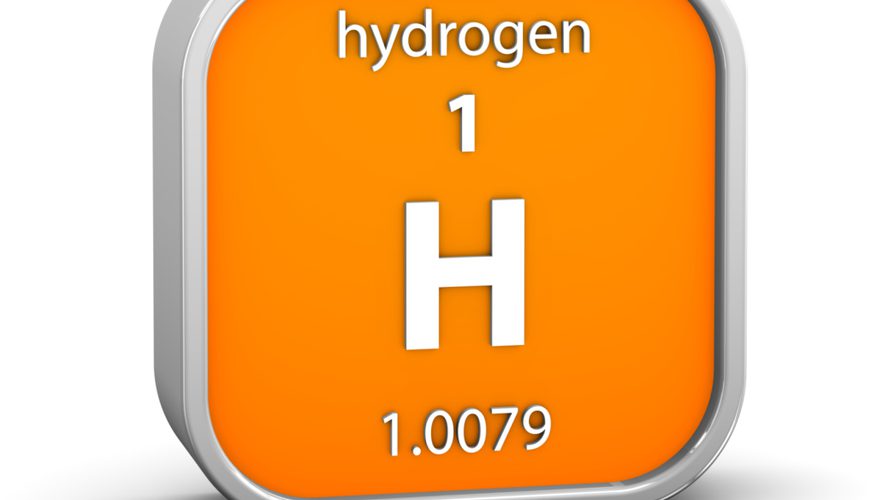The Internet of Everything (IoE) brings together people, process, data, and things to make networked connections more relevant and valuable. The more expansive IoE concept includes, besides M2M communications, machine-to-people (M2P) and technology-assisted people-to-people (P2P) interactions.
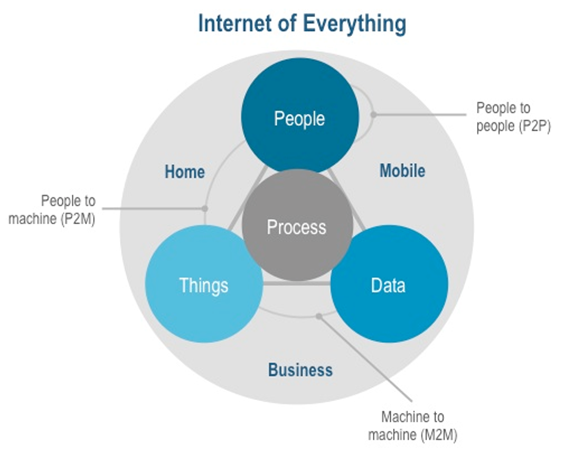
The Internet of Everything (IoE) with four pillars: people, process, data, and things builds on top of The Internet of Things (IoT) with one pillar: things. In addition, IoE further advances the power of the Internet to improve business and industry outcomes, and ultimately make people’s lives better by adding to the progress of IoT.
The Internet of Things (IoT) is the network of physical objects accessed through the Internet. These objects contain embedded technology to interact with internal states or the external environment. In other words, when objects can sense and communicate, it changes how and where decisions are made, and who makes them. For example Nest thermostats.
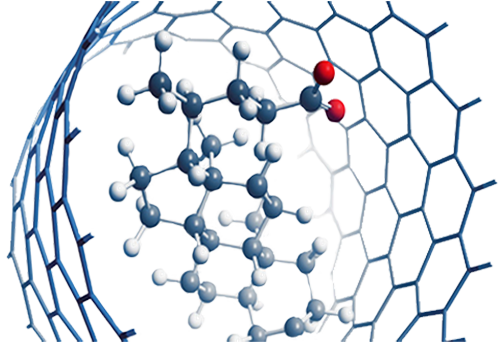
Advanced materials can be defined in numerous ways; the broadest definition is to refer to all materials that represent advances over the traditional materials that have been used for hundreds or even thousands of years. From this perspective advanced materials refer to all new materials and modifications to existing materials to obtain superior performance in one or more characteristics that are critical for the application under consideration. A more insightful and focused approach to advanced materials is to consider materials that are early in their product and/or technology lifecycle. In other words, there is significant room for growth in terms of the improvement of the performance characteristics (technology lifecycle) and their product lifecycle.
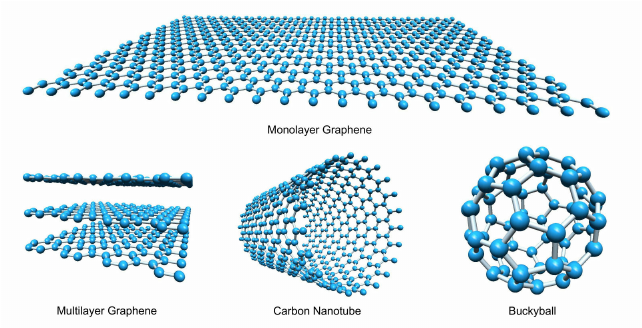
Perovskites are a class of materials that share a similar structure, which display a myriad of exciting properties like superconductivity, magnetoresistance and more. These easily synthesized materials are considered the future of solar cells, as their distinctive structure makes them perfect for enabling low-cost, efficient photovoltaics. They are also predicted to play a role in next-gen electric vehicle batteries, sensors, lasers and much more.
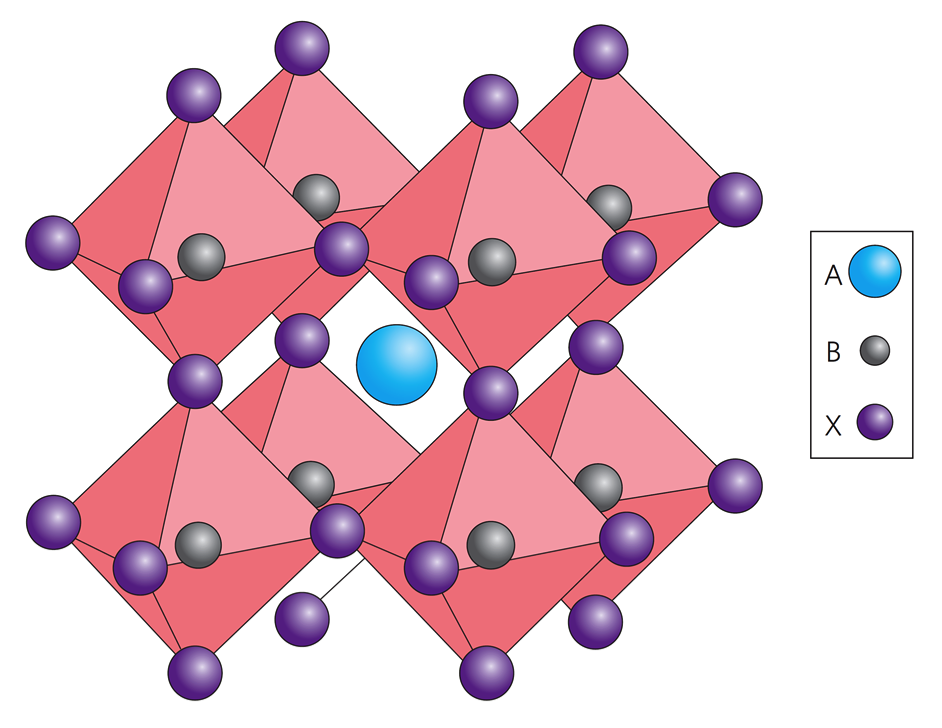
While major challenges indeed exist, perovskite solar cells are still touted as the PV technology of the future, and much development work and research are put into making this a reality. We are working towards increasing efficiency and stability, prolonging lifetime and replacing toxic materials with safer ones ,also looking at the benefits of combining perovskites with other technologies, like silicon.
Hydrogen is one of two natural elements that combine to make water. Hydrogen is not an energy source, but an energy carrier because it takes a great deal of energy to extract it from water.
Hydrogen lies in the first group and first period in the periodic table, i.e. it is the first element on the periodic table, making it the lightest element.
Since hydrogen gas is so light, it rises in the atmosphere and is therefore rarely found in its pure form, H2 In a flame of pure hydrogen gas, burning in air, the hydrogen (H2) reacts with oxygen (O2) to form water (H2O) and releases energy.
2H2(g) + O2(g) → 2H2O(g) + energy
If carried out in atmospheric air instead of pure oxygen, as is usually the case, hydrogen combustion may yield small amounts of nitrogen oxides, along with the water vapor.
